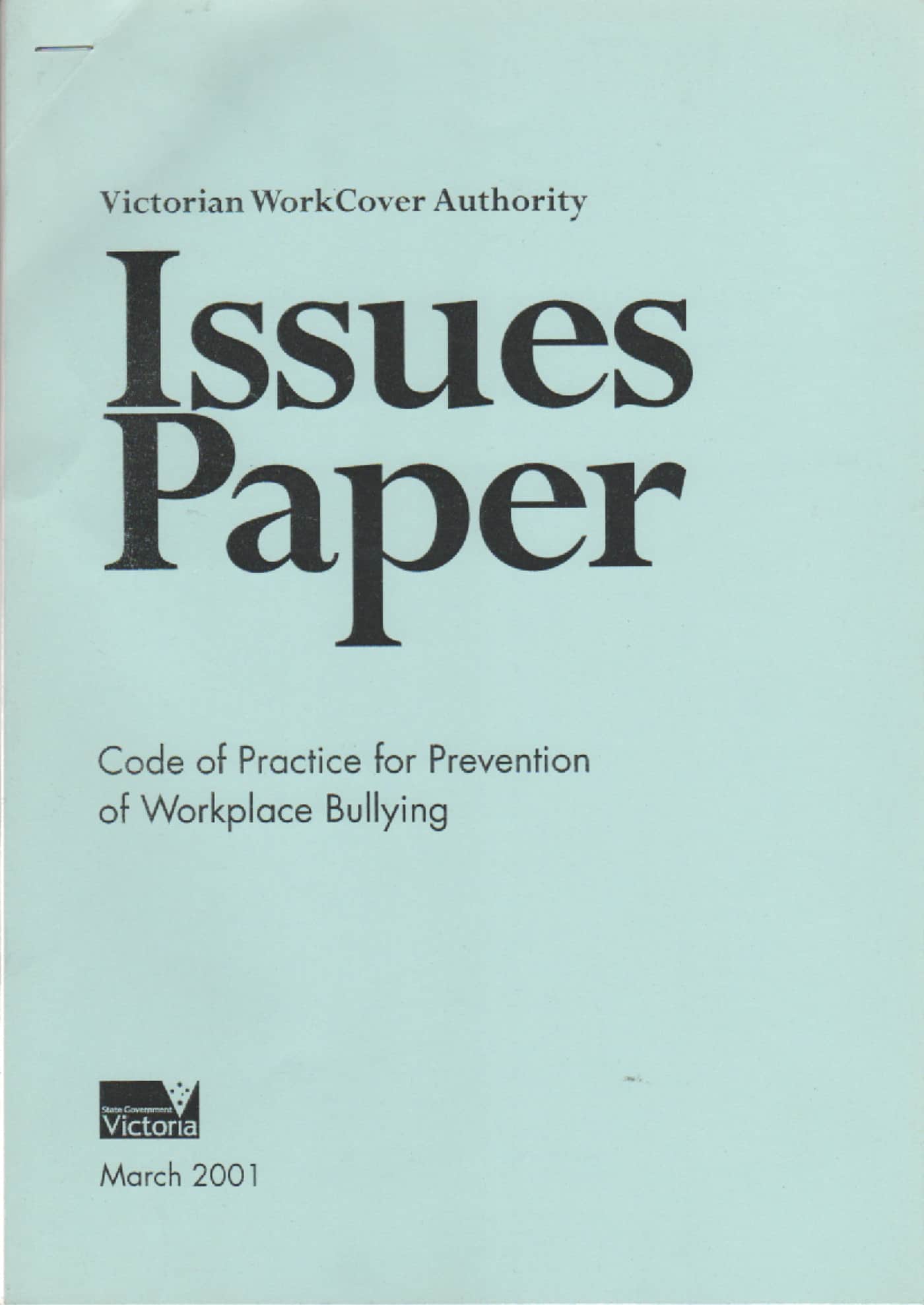Recently Safe Work Australia released its first annual statement on “Psychosocial health and safety and bullying in Australian workplaces“. This is a terrific initiative but it has a significant flaw – it combines statistical data for harassment and bullying even though they are different hazards, have different remedies, are usually handled by different professions in many organisations, and have different external appeal options.
The Annual Statement itself quotes its origin:
“The Committee recommends that Safe Work Australia issues an annual national statement which updates any emerging trends of its collated data from each of the state and territory regulators, and the Commonwealth, with respect to psychosocial health and safety generally and workplace bullying specifically“. (emphasis added)
Nowhere in the Annual Statement is there any data specifically addressing workplace bullying. Bullying is always linked with harassment, contrary to the brief from the House of Representatives Standing Committee on Education and Employment’s workplace bullying report, as I read it.
Continue reading “The first Annual Statement on workplace bullying data gets a C+”

